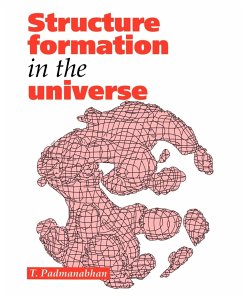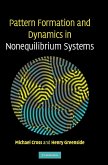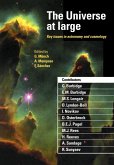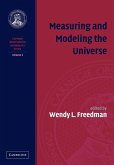Understanding the way in which large-scale structures like galaxies form remains the most challenging problem in cosmology today. This text provides an up-to-date and pedagogical introduction to this exciting area of research. Part 1 deals with the Friedmann model, the thermal history of the universe, and includes a description of observed structures in the universe. Part 2 describes the theory of gravitational instability in the linear regime, and the statistics of density fields. This part also includes chapters on the microwave background radiation and large scale velocity fields. Part 3 of the book covers nonlinear instability, high redshift objects, inflation, cosmic strings and dark matter. Each chapter is accompanied by a comprehensive set of exercises to help the reader in self-study. The book will be of interest to research and graduate students in cosmology, relativity, theoretical physics, astrophysics and astronomy. It is also suitable for use as a graduate textbook for introductory graduate level courses. The diagram on the cover shows the distribution of galaxies in the universe around us. It is derived from a density plot out to 325 million light years using the QDOT (QMW -- Durham -- Oxford -- Toronto) all-sky redshift survey of galaxies detected by the IRAS satellite. The Local Supercluster (including our own Milky Way) lies near the centre of the plot with A1367, Coma, A2197/2199 and Hercules joining together to form part of the Great Wall in the Northern Hemisphere, with Hercules along the top right limb. Joined to this huge structure with a bridge of galaxies passing through the galactic plane are Perseus -- Pisces and N1600. Other newly detected superclusters(S3, S6) are shown at the foot of the diagram, below the Perseus -- Pisces trunk. The Pavo -- Indus structure seems to be floating to the immediate right of the lower trunk. Shapley's supercluster is floating immediately above it with the Hydra -- Centaurus cluster extending from the mai
Hinweis: Dieser Artikel kann nur an eine deutsche Lieferadresse ausgeliefert werden.
Hinweis: Dieser Artikel kann nur an eine deutsche Lieferadresse ausgeliefert werden.








